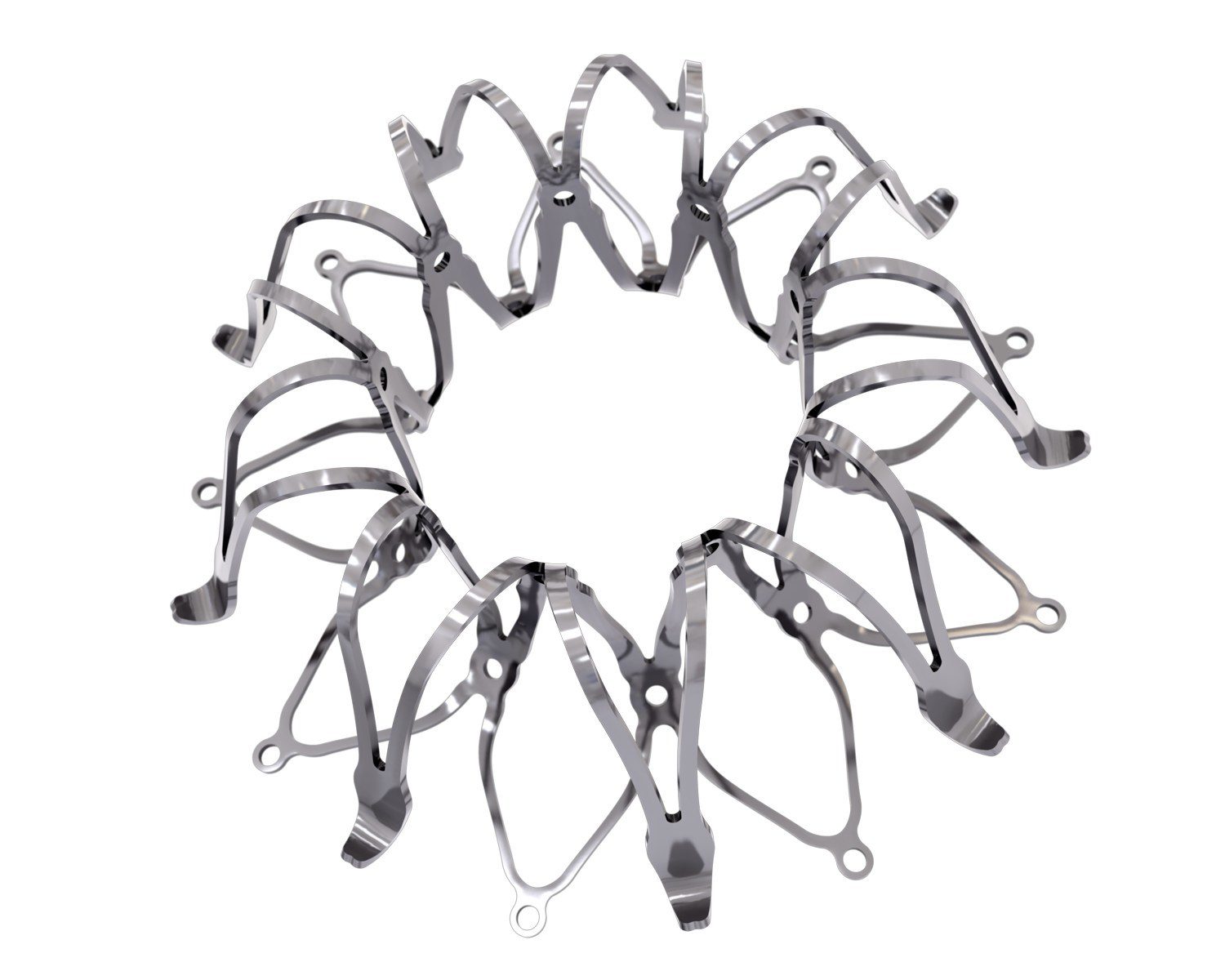Corvia Medical announced publication of analyses from its global, phase III REDUCE LAP-HF II randomized trial of heart failure patients with preserved (HFpEF) or mildly reduced (HFmrEF) ejection fraction. In a large responder population, representing 50% of study patients, treatment with the Corvia® Atrial Shunt resulted in a 45% reduction in HF events and a 55% greater improvement in quality of life compared to sham control.
Additionally, these data offer essential new insights into the role of exercise in accurately predicting patients who may or may not benefit from this novel therapy. The analyses were published online in Circulation1
“We are extremely encouraged by these analyses from the REDUCE LAP-HF II trial. Not only have we identified a large responder group comprising two-thirds of people with HFpEF, or approximately 2 million people in the US alone, but we have also learned how to identify potential patients who are most likely to derive significant benefit,” said Sanjiv Shah, MD, Professor of Medicine, Director of Research for the Bluhm Cardiovascular Institute, Director of the HFpEF Program at Northwestern University Feinberg School of Medicine and co-principal investigator of the REDUCE LAP-HF II trial.
More than 26 million people worldwide have HF,2 and over half those have HFpEF,3 which has been described as the largest unmet clinical need in cardiovascular medicine. The Corvia Atrial Shunt is designed to reduce elevated left atrial pressure (LAP), the primary contributor of HF symptoms in HFpEF patients. The shunt is placed via catheter between the left and right atria, forming a passage that allows blood to flow from the high pressure left atrium to the lower pressure right atrium, with the aim of reducing HF symptoms and events and improving quality of life.
Barry Borlaug, MD, Professor of Medicine, Director of Circulatory Failure Research at Mayo Clinic and lead author of the publication commented, “Exercise hemodynamic evaluation appears to be a key factor in predicting which patients will do well with atrial shunt therapy. Patients whose pulmonary blood vessels, or vessels in the lungs, can accommodate an increase in blood flow during exercise appear to derive significant benefit from the shunt, compared to those whose blood vessels can’t accommodate the additional flow. While I have long been an advocate for hemodynamic testing in heart failure, the data from this study reinforces the importance of exercise phenotyping and will change how we evaluate heart failure patients and personalize their care.”
The REDUCE LAP-HF II trial randomized 626 patients at 89 centers across the US, Canada, Europe, Australia, and Japan. A systematic, independent, statistical analysis identified exercise pulmonary vascular resistance (PVR), a measure indicating the degree of pulmonary vascular disease, and the presence of a pacemaker as the most significant variables affecting how patients responded to atrial shunting. The results showed that patients without a pacemaker and with normal exercise PVR comprised 50% of the total study population and derived significant clinical benefit:
- 45% reduction in HF events compared to sham control (12 vs. 22 events per 100 patient-years, p=0.007)
- 55% greater improvement (+5.5 points) in health status as measured by Kansas City Cardiomyopathy Questionnaire (KCCQ), with 40% more shunt patients reporting a very large improvement (≥20 points) in quality of life
- 50% greater improvement in New York Heart Association (NYHA) HF class, indicating fewer HF symptoms
“HFpEF has a complex pathophysiology and remains a significant therapeutic challenge. While novel drugs are now available, limitations remain, and additional therapies are required to treat this heterogenous population,” commented Prof. David Kaye, MD, PhD, Director of the Department of Cardiology at The Alfred Hospital, Head of Heart Failure Research at the Baker Institute in Melbourne, Australia, and an investigator in the study.” We now know the importance of exercise hemodynamic phenotyping prior to determining a therapeutic strategy for HFpEF patients and these learnings should be applied today in both the commercial and clinical trial settings. Assuming additional studies confirm the responder population findings, this therapy has enormous potential to improve the lives of millions of heart failure patients.”
REDUCE LAP-HF II represents the largest randomized controlled trial of device-based therapy for HFpEF patients and is the only study of an implantable therapeutic device to show clinical benefit in this population. “The Corvia Atrial Shunt is the most rigorously studied atrial shunt therapy. Exercise hemodynamic evaluation has been a key component of all our studies and its importance in identifying suitable patients for atrial shunting has now been confirmed,” commented Jan Komtebedde, Senior Vice President and Chief Medical Officer at Corvia Medical. “We are working with advisors and regulators to design a confirmatory study that builds on the extensive data and progressive learnings from REDUCE LAP-HF II and we look forward to bringing this breakthrough therapy to the US and international markets to help this underserved population.”
- Borlaug BA et al. Latent Pulmonary Vascular Disease May Alter the Response to Therapeutic Atrial Shunt Device in Heart Failure. Circulation. 2022;10.1161.
- Savarese G, Lund LH. Global Public Health Burden of Heart Failure. Card Fail Rev. 2017;3(1):7-11.
- Owan TE et al. Trends in prevalence and outcome of heart failure with preserved ejection fraction. N Engl J Med. 2006;355:251-259.
